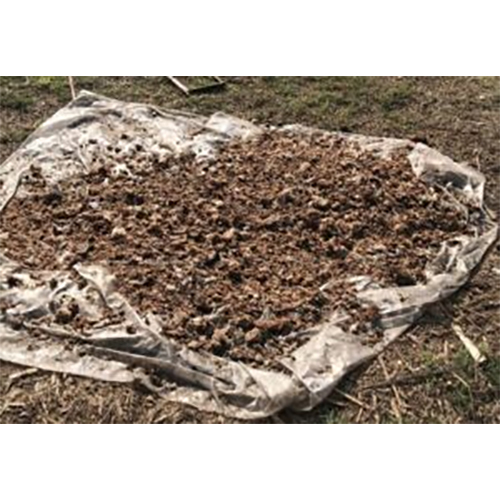Call : 08045800880
Raw Bees Wax
Product Details:
X
Raw Bees Wax Price And Quantity
- 10 Kilograms
Product Description
Origin and Significance of Beeswax:
- Beeswax is described as a "golden treasure" derived from the heart of bee hives.
- It shapes the intricate architecture of honeycombs and nurtures the bee community.
Versatility and Applications of Beeswax:
- Its applications are said to range from ancient rituals to modern innovations.
- The description highlights a harmonious blend of nature's grace and human inventiveness, emphasizing both usefulness and charm.
- Beeswax is positioned as a natural alternative to artificially produced wax, with a suggestion that artificial wax may be detrimental to health.
Processing of Beeswax:
- The harvesting process involves cutting honeycomb seals to collect honey, and these seals are made of beeswax.
- After collection, the separation of honey from beeswax is achieved through the process of filtration.
The final step involves molding the beeswax.
Bulk Beeswax Production:
- Beeswax is described as a natural wax produced by worker bees for various purposes, including storing honey, sealing honeycombs, and creating a ready honey supply.
- This comprehensive overview provides insights into the ecological and practical aspects of beeswax, its extraction, and its potential benefits as a natural alternative to synthetic waxes. It also sheds light on the connection between honey harvesting and the generation of beeswax, emphasizing sustainability and the dual purpose of beekeeping for honey and beeswax production.
Enter Buying Requirement Details
Other Products in 'Bulk Bees Wax' category
 |
ARAVALI HONEY INDUSTRIES
All Rights Reserved.(Terms of Use) Developed and Managed by Infocom Network Private Limited. |

 Send Inquiry
Send Inquiry
